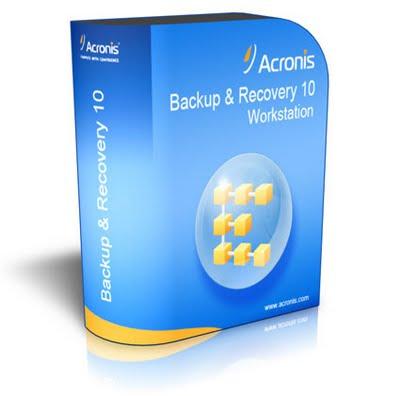Review: Acronis Backup and Recovery 10

Acronis Backup and Recovery 10 is an inexpensive, robust backup solution, especially for disk to disk backup situations and bare metal recovery tasks
The server editions of the product use an agent-based approach to backup both servers and workstations. An agent is a small piece of software, which is installed on each server or workstation to be backed up. The agent is responsible for launching the backup process and creating the management hooks back to the administrator’s console. What’s more, the agent is the key enabler for monitoring the system and executing scheduled events.
Most products that use agents require the target system to be rebooted after installation. Acronis avoids that requirement and prevents the interruption of critical services due to systems being rebooted. Surprisingly, the agent places very low demands on the hardware and quietly waits in the background for policy triggered events to execute backups.
Those running busy environments will appreciate how well ABR10 works, although the backup process is CPU intensive (due to data compression and encryption processes), the product is smart enough not to hog all of the available CPU cycles. In other words, server functionality is maintained during the backup process. That proves to be quite important, because not all servers offer a “quiet time” when backups can be performed, that is especially true of web servers and database servers.
Administrators are offered a few other options surrounding backup, such as dual destinations (backup to 2 locations concurrently), splitting of backup files, file exclusions, the ability to execute scripts during backup and levels of compression/encryption needed. To speed backups, administrators can choose lower levels of data compression and turn off encryption, although backup files may become larger and a little less secure.
Rapid Recovery And Universal Restore
Recovery speed is often of the essence, especially when a mission critical server is involved. In ABR 10 since all of the hard drive information is stored within an image file, rapid recovery amounts to little more than transferring that image to a functioning drive. A quick and simple restore procedure is able to repopulate the hard drive with everything needed, including the operating systems, applications, settings, updates, files and folders.
In a disaster recovery situation, Acronis’s universal restore option allows you to restore a backup image to hardware that is dissimilar to the original server. Why is that important? Simply because if a server fails due to a problem other than a hard drive, such as a motherboard failure or other critical component, the replacement hardware may not be exactly the same. When this situation occurs, the restored operating system may not recognise the new hardware and fail to load, or crash the system (especially true of Windows based OS). That glitch can be directly attributed to the hardware drivers and other component specific elements of the operating systems.
The universal restore option allows the administrator to overcome those problems by creating a restoration environment, where drivers and other hardware specific information can be changed to work with the new hardware; useful during emergency situations where the hardware must be replaced. In addition the universal restore option eases upgrades, a time when an administrator may want to replace a server with newer, faster hardware. The universal restore can eliminate the need to provision the replacement server and instead, simply move all of the data, applications and OS over to that new system.